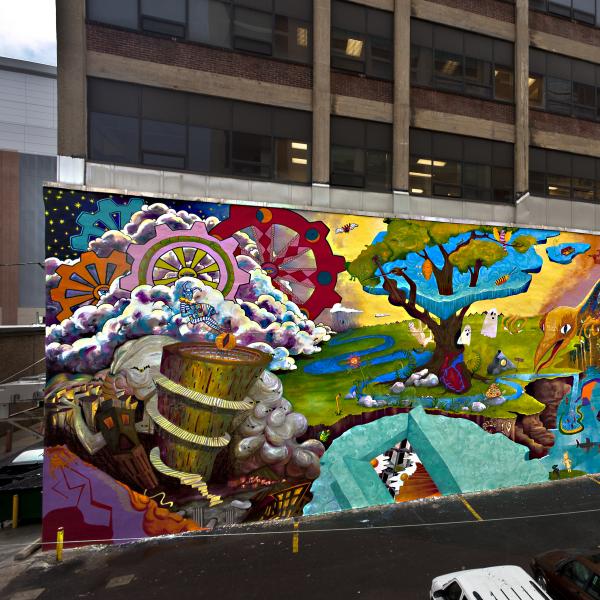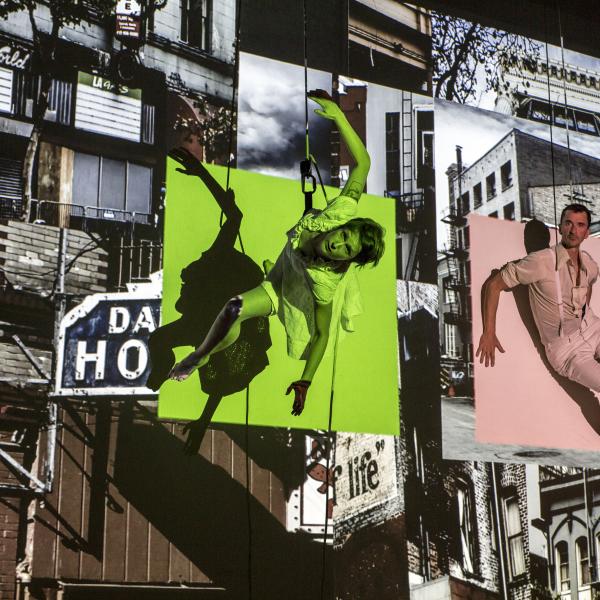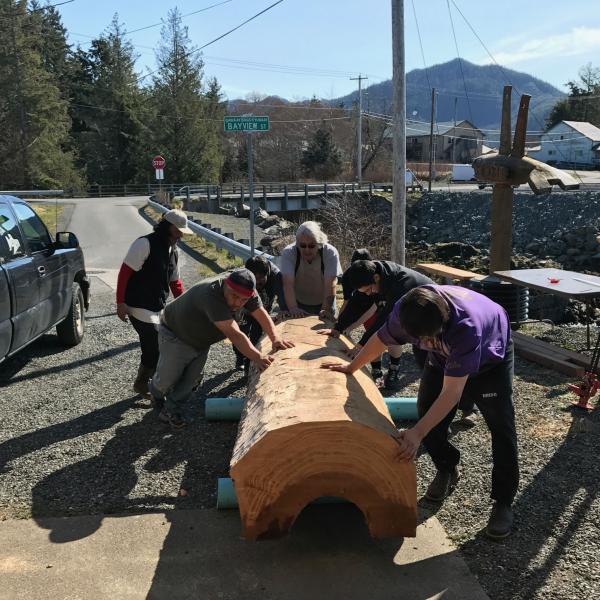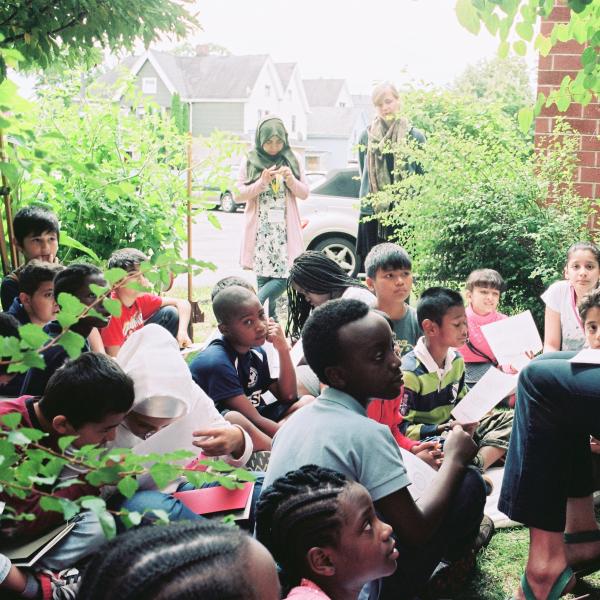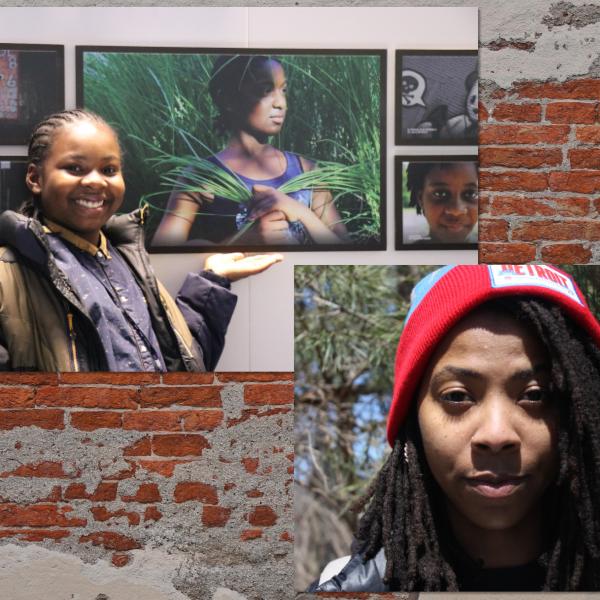Community Art: A Look at Public Art in America
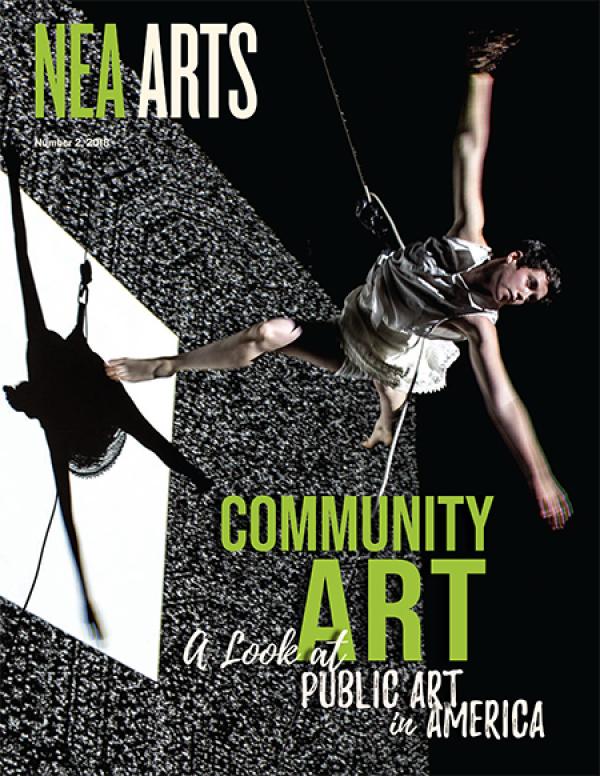
The dance company Bandaloop’s #PublicCanvas project uses material gathered from the community they are working in to create a public performance for that community. Photo by Stephen Texeira
About this Issue
When most people think about public art, they think of a mural on a wall or a building, or perhaps a large sculpture in a park. While murals and sculptures are certainly public art, they are far from the only ways that public art can be expressed. Perhaps a better term for public art would be community art—by, for, and of the community in which it is presented. Sometimes the art can be practical, integrated within stormwater management systems for example, or a health-related public space. But it doesn’t even have to be visual art. Citywide sings are public art, as are dance performances in national parks, or orchestras playing in local bars. Public art also can be a source of community healing. A poignant example was the 2005 performance of Samuel Beckett’s Waiting for Godot in two New Orleans neighborhoods devastated by Hurricane Katrina, a project that was supported by the nonprofit Creative Time. As the organization’s then-Executive Director Anne Pasternak noted, “[The themes] seemed so central to people, whether waiting for relief efforts, electricity to come back on, insurance funding, [or] schools to reopen.”
The National Endowment for the Arts has supported public art since the agency’s earliest years. One of its first major undertakings was the creation of a public art initiative, whose initial project was Alexander Calder’s La Grande Vitesse in Grand Rapids, Michigan, which helped revitalize the city’s ailing downtown. The NEA’s Art in Public Places program funded the creation of more than 700 works from 1967-1995, and the agency continues to fund public art as part of its regular grants and partnerships with state arts agencies, and to advocate for it on the federal, state, and local levels.
While public art by its nature encourages dialogue with the public, the dialogue is at its fullest when the community is engaged in a project’s design and creation from the very start. As former NEA Visual Arts Director Brian O’Doherty once noted about the relationship between the community and public art, “Without this sense of identification, a case could be made that the work remains sealed in an invisible museum, withdrawn from that dialogue through which the community clarifies its needs, educates itself, and defines the work’s appropriateness.”
In this issue, read how communities throughout the country have invested in the public art in their neighborhoods, making it truly community art.
Included in this Issue
